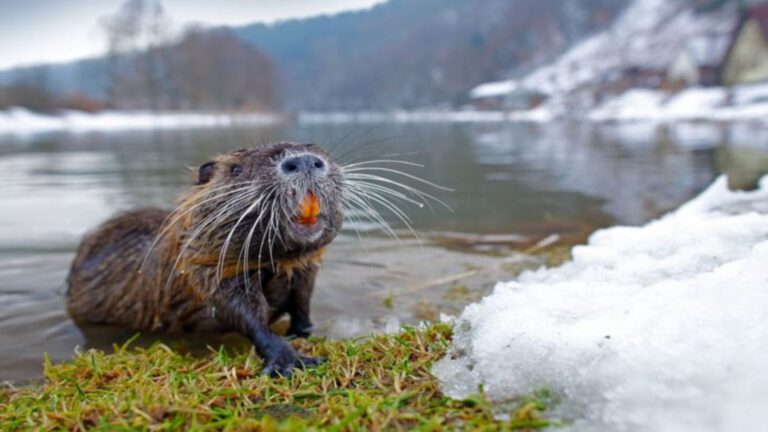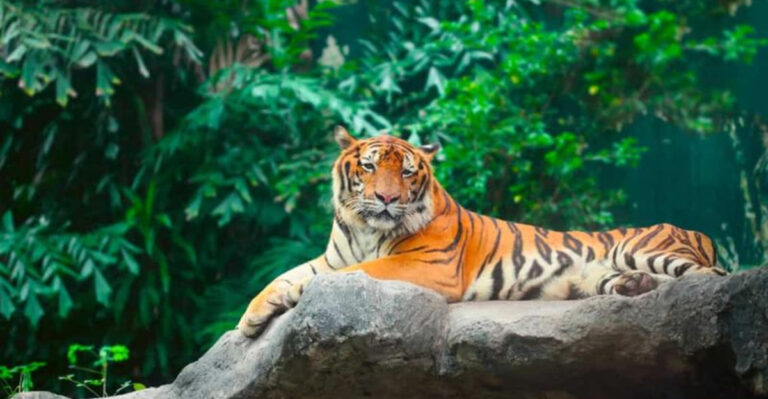10 Reasons Bees Are Disappearing (And 5 Ways We Can Help Save Them)
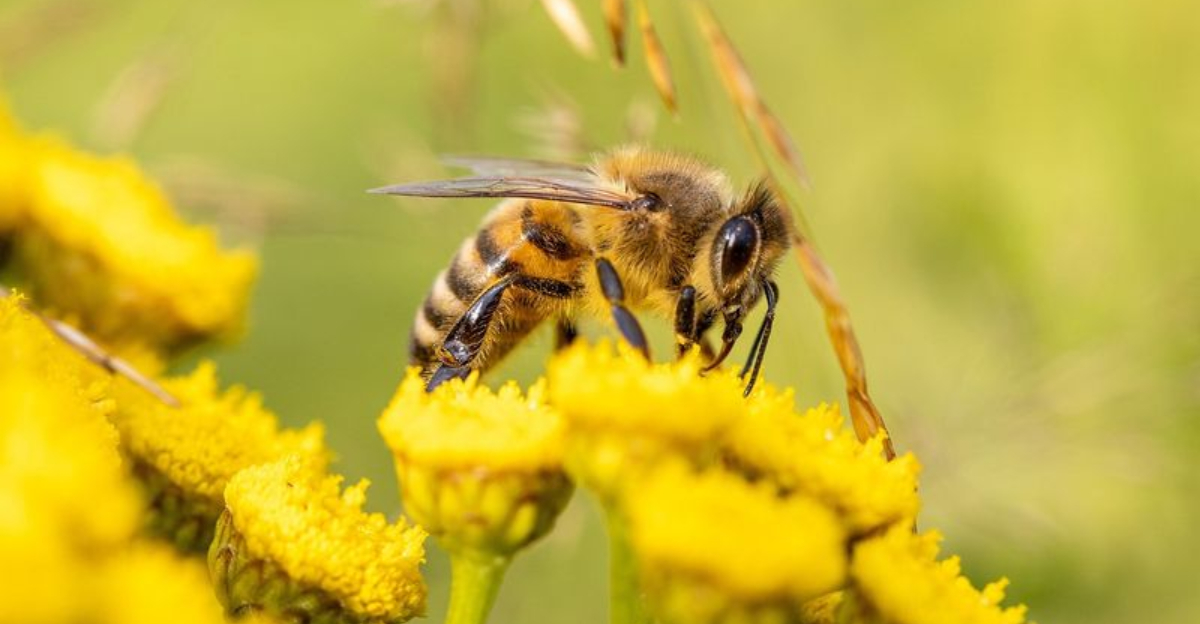
Bees are tiny buzzing heroes of our planet, working hard to pollinate plants that feed us and other animals. Sadly, these important insects are vanishing at an alarming rate worldwide.
Without bees, many fruits and vegetables would become scarce, and our entire food system could be in trouble. Let’s explore why these crucial pollinators are disappearing and what we can do to help them survive.
1. Pesticide Overuse Poisons Bee Colonies
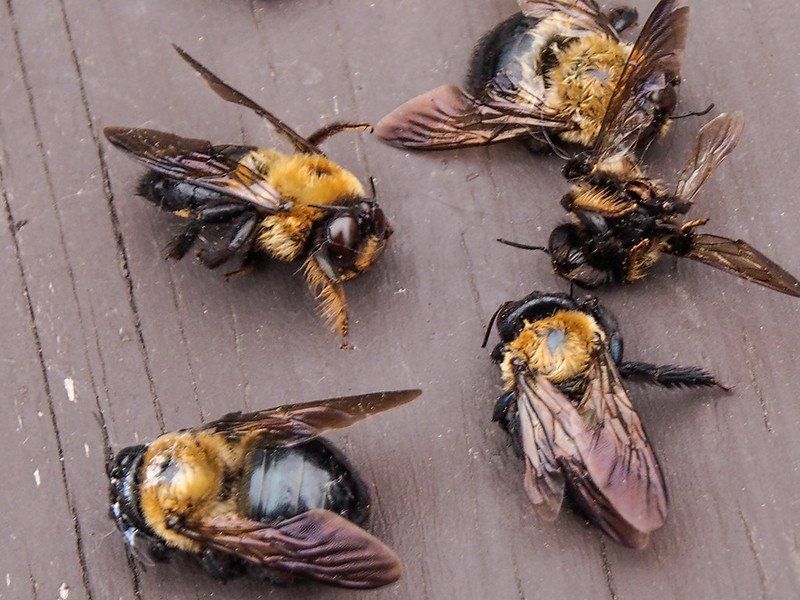
Farmers spray chemicals called neonicotinoids on crops to kill pests, but these toxins harm bees too. When bees visit treated plants, they carry these poisons back to their hives.
The chemicals attack bees’ nervous systems, making it hard for them to fly, find food, or even remember how to get home. Some pesticides don’t kill bees instantly but cause colony collapse over time.
2. Habitat Loss Leaves Bees Homeless
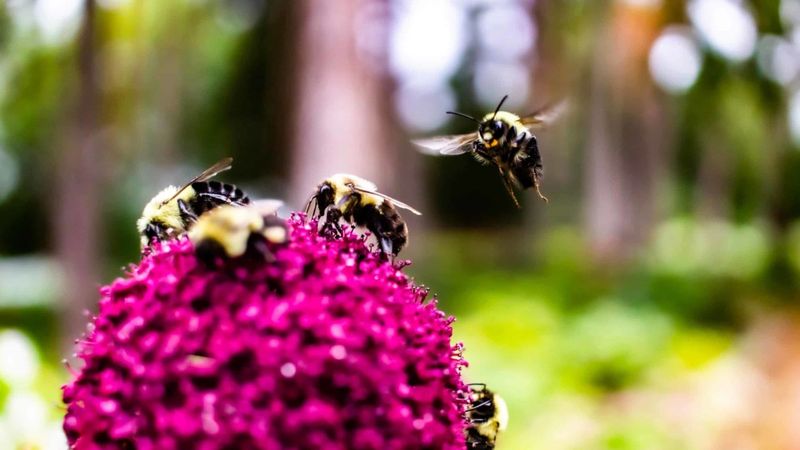
Wild meadows and forests where bees once thrived are rapidly disappearing. Construction of shopping centers, housing developments, and highways destroys natural bee habitats.
Even in rural areas, modern farming practices replace diverse wildflower fields with single-crop farms. Without varied flowering plants blooming throughout seasons, bees can’t find enough food sources to sustain their colonies year-round.
3. Climate Change Disrupts Bee Behavior
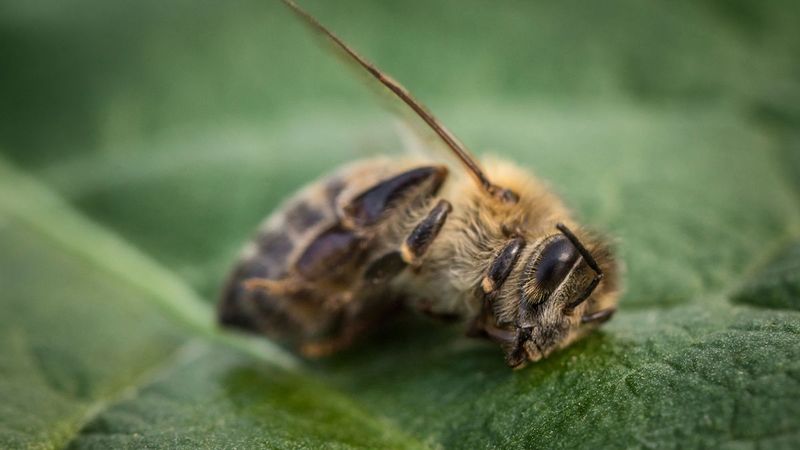
Rising temperatures and unpredictable weather patterns confuse bees’ natural timing. When flowers bloom earlier because of warmer springs, but bees haven’t adjusted their schedules, they miss crucial feeding opportunities.
Extreme weather events like droughts, floods, and unseasonable frosts kill flowering plants bees depend on. Climate change also affects which plants can grow where, potentially creating food deserts for local bee populations.
4. Deadly Parasites Invade Hives
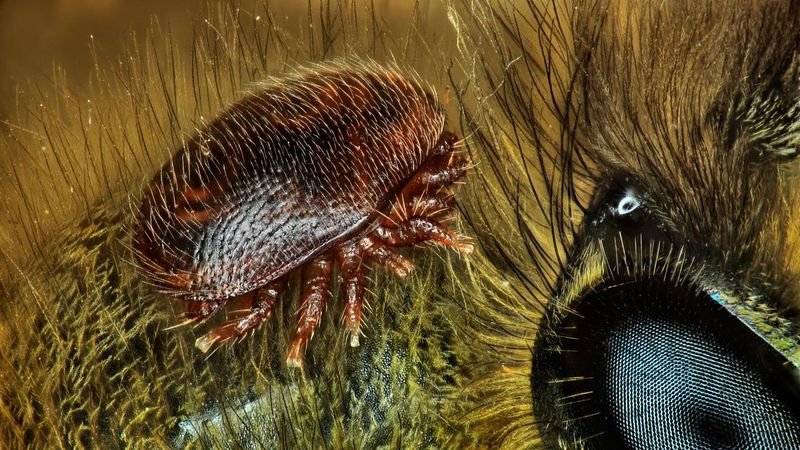
Varroa mites – tiny parasites no bigger than a pinhead – attach to bees and feed on their bodies. These vampiric pests weaken bees and spread deadly viruses throughout colonies.
Originally from Asia, these mites have spread worldwide, devastating European honeybee populations that lack natural defenses. A serious mite infestation can destroy an entire colony within months if beekeepers don’t catch and treat it quickly.
5. Mysterious Colony Collapse Disorder
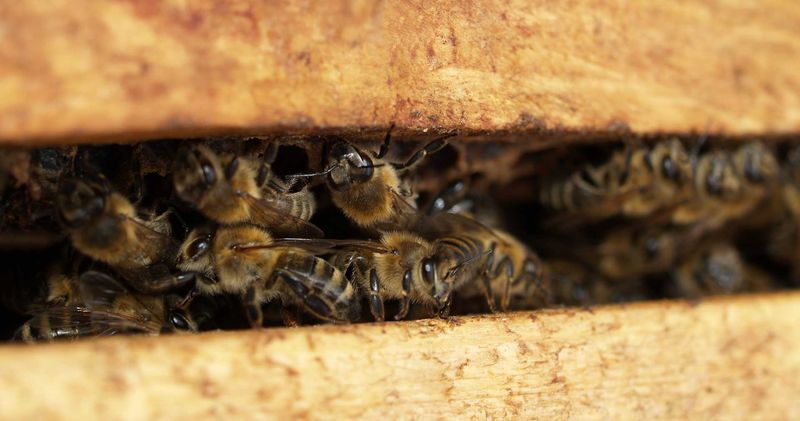
Colony Collapse Disorder remains one of beekeeping’s strangest mysteries. Beekeepers discover hives suddenly empty—adult bees vanish completely, leaving behind the queen and young bees.
Scientists believe this phenomenon results from a perfect storm of stressors: pesticides, parasites, diseases, poor nutrition, and habitat loss all working together. What makes it particularly baffling is how worker bees disappear without leaving dead bodies behind.
6. Lack Of Diverse Food Sources
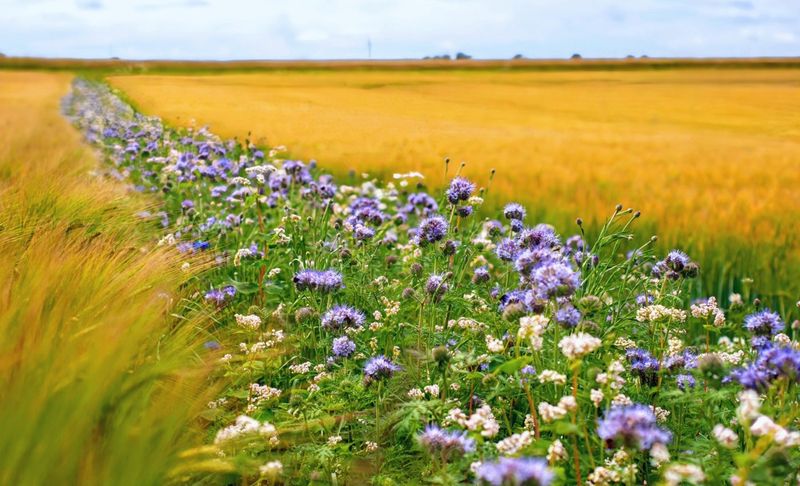
Modern agriculture creates vast fields of single crops that bloom briefly, creating feast-or-famine conditions for bees. After these short blooming periods, bees struggle to find enough food.
Bees need varied pollen sources for complete nutrition, just like humans need different foods. Monoculture farming practices eliminate the diverse wildflowers and plants that once provided bees with balanced diets throughout the growing season.
7. Disease Outbreaks Decimate Populations
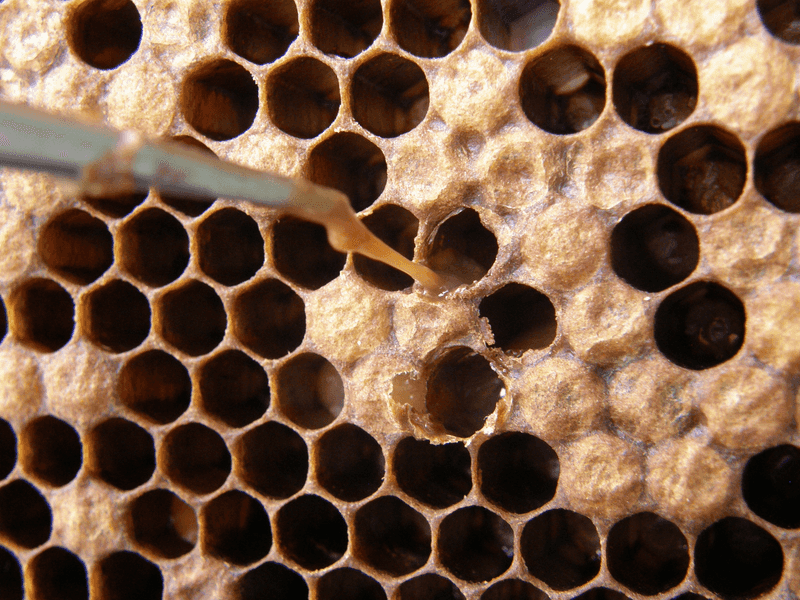
American foulbrood and nosema are just two of many diseases that can wipe out entire bee colonies. These infections spread quickly between hives, especially when bees are already weakened by other stressors.
Global bee trade has accidentally transported diseases to new regions where local bees have no immunity. Commercial beekeeping practices sometimes crowd hives together, making disease transmission easier, similar to how illnesses spread in overcrowded human cities.
8. Invasive Species Threaten Native Bees
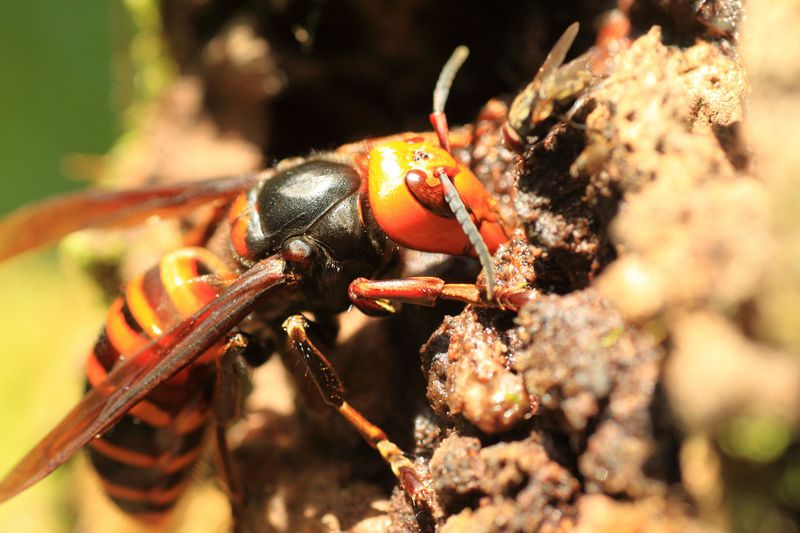
Asian giant hornets—nicknamed “murder hornets”—can destroy a honeybee colony in hours. These invasive predators decapitate bees and feed bee larvae to their young.
Beyond predators, non-native plants often replace native flowers that local bees evolved alongside. Some imported bee species outcompete native pollinators for limited resources. This ecological disruption pushes already struggling native bee populations closer to extinction.
9. Commercial Beekeeping Stress
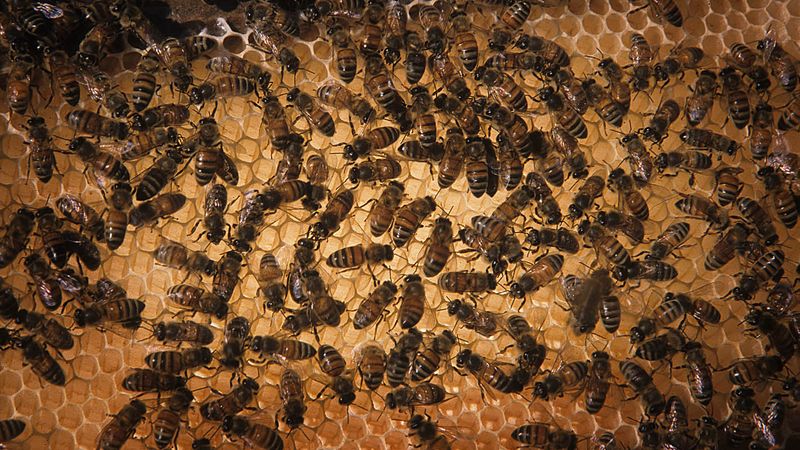
Trucking honeybees thousands of miles to pollinate crops puts enormous stress on colonies. Bees get jostled during transport, exposed to new diseases, and forced to pollinate a single crop rather than following natural foraging patterns.
Commercial hives often get fed sugar water instead of their own honey, providing calories but missing vital nutrients. Some large-scale beekeeping operations harvest too much honey, leaving bees without enough winter food stores.
10. Light Pollution Disorients Nocturnal Pollinators
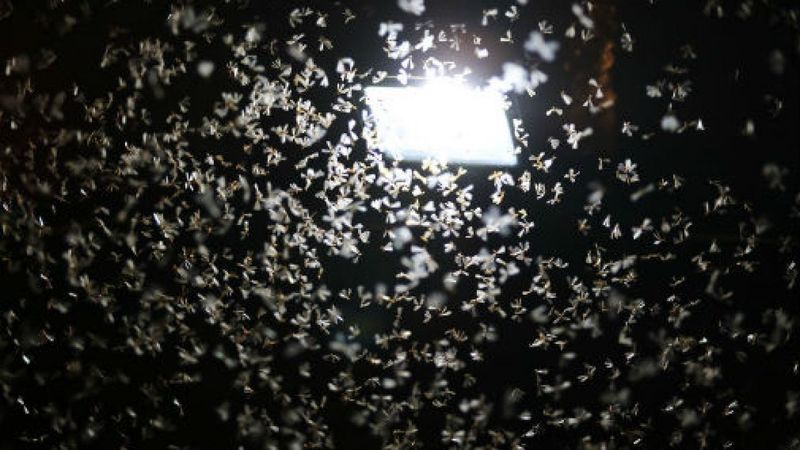
Not all bees work daylight shifts! Many bee species and other pollinators are active at dusk or night. Artificial lighting from cities, streetlamps, and buildings confuses these nocturnal pollinators.
Night lights disrupt natural mating behaviors and feeding patterns. Moths—important nighttime pollinators—famously fly toward artificial lights instead of flowers. This growing problem affects countless species as human development spreads into previously dark natural areas.
11. Plant Native Flowers In Your Garden
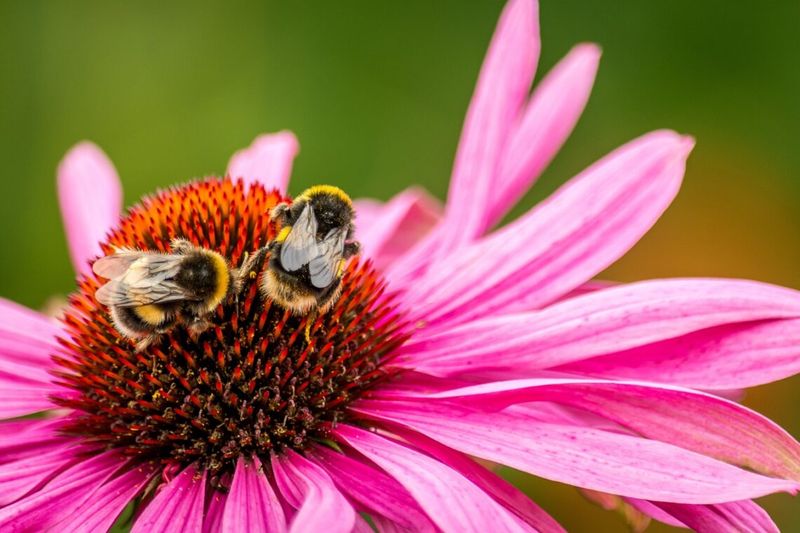
Local wildflowers provide perfect food sources for native bees because they’ve evolved together for thousands of years. Even a small patch of native blooms on a balcony or yard creates a bee buffet!
Choose plants that flower at different times so bees have food spring through fall. Coneflowers, bee balm, and asters aren’t just beautiful—they’re bee magnets. Skip the highly-bred ornamental varieties that often produce less pollen and nectar.
12. Create A Bee-Friendly Yard Without Chemicals
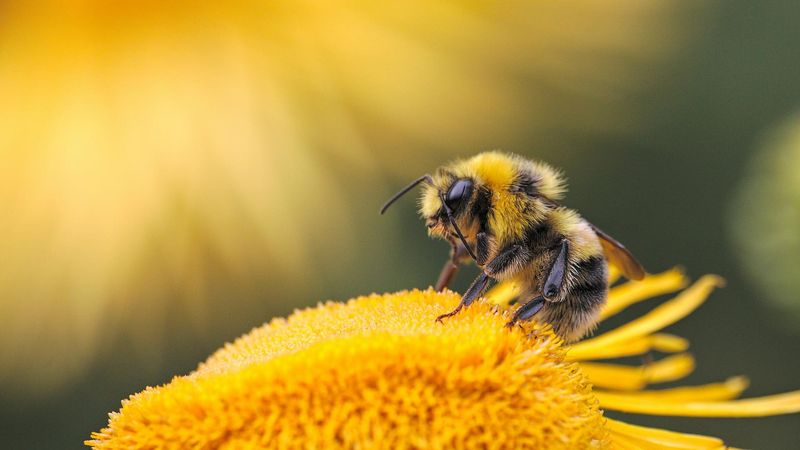
Toss those weed killers and insecticides! Chemical-free yards are safer havens for bees and other helpful insects. Many so-called “weeds” like dandelions and clover are actually bee favorites.
Try natural pest control methods like companion planting or introducing beneficial insects. Leave some bare patches of soil in sunny spots—many wild bees nest in the ground! A small brush pile or bee hotel provides homes for cavity-nesting bees.
13. Support Local Beekeepers And Organic Farms
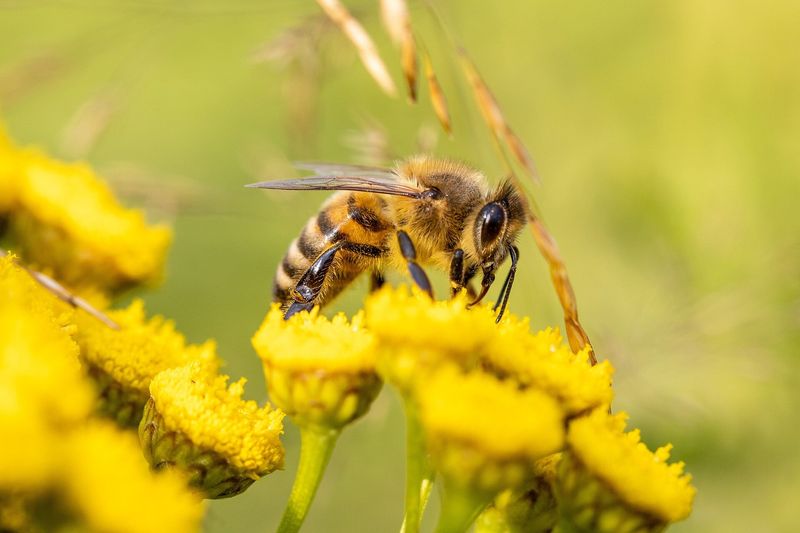
Buying local honey helps beekeepers stay in business, and these bee experts are on the front lines of conservation. Look for raw, unfiltered honey at farmers markets—it’s tastier and healthier than the ultra-processed stuff.
Choose organic fruits and vegetables when possible. Organic farms avoid synthetic pesticides harmful to bees and often maintain more diverse plantings. Community-supported agriculture (CSA) programs typically use bee-friendly farming practices.
14. Become A Citizen Scientist
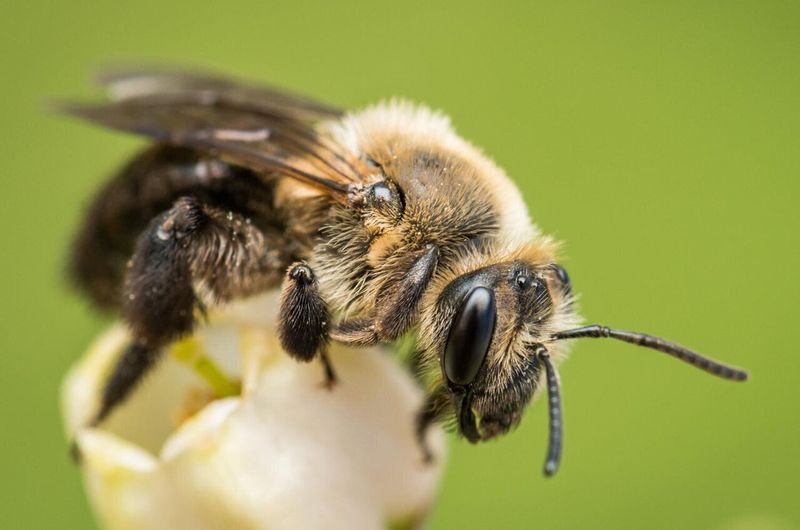
Scientists need help tracking bee populations! Apps like iNaturalist or Bumble Bee Watch let anyone report bee sightings. These observations help researchers monitor species distribution and population changes.
Some community science projects send participants simple equipment to collect local bee data. Schools can join monitoring programs that teach kids about pollinators while gathering valuable information. Your backyard observations could contribute to important conservation research!
15. Advocate For Bee-Protecting Policies
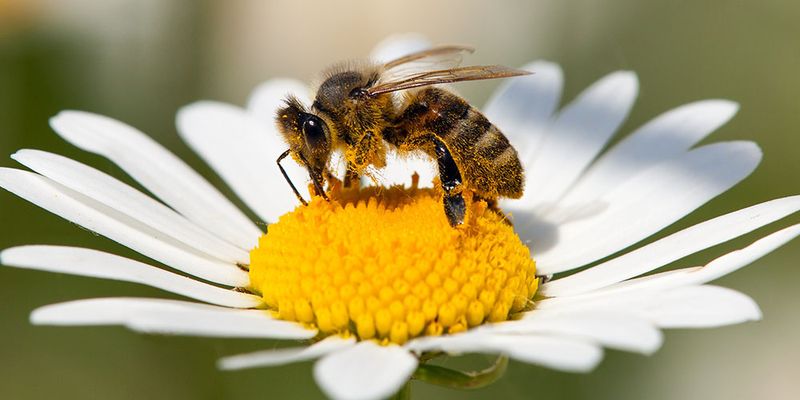
Your voice matters! Contact local representatives about limiting pesticide use in public spaces and creating pollinator corridors in your community. Many cities now have “Bee City” programs that commit to protecting pollinators.
Support legislation restricting harmful chemicals like neonicotinoids. Sign petitions for bee protection and share information on social media. Encourage schools and businesses to maintain bee-friendly landscapes instead of chemically-treated grass deserts.


